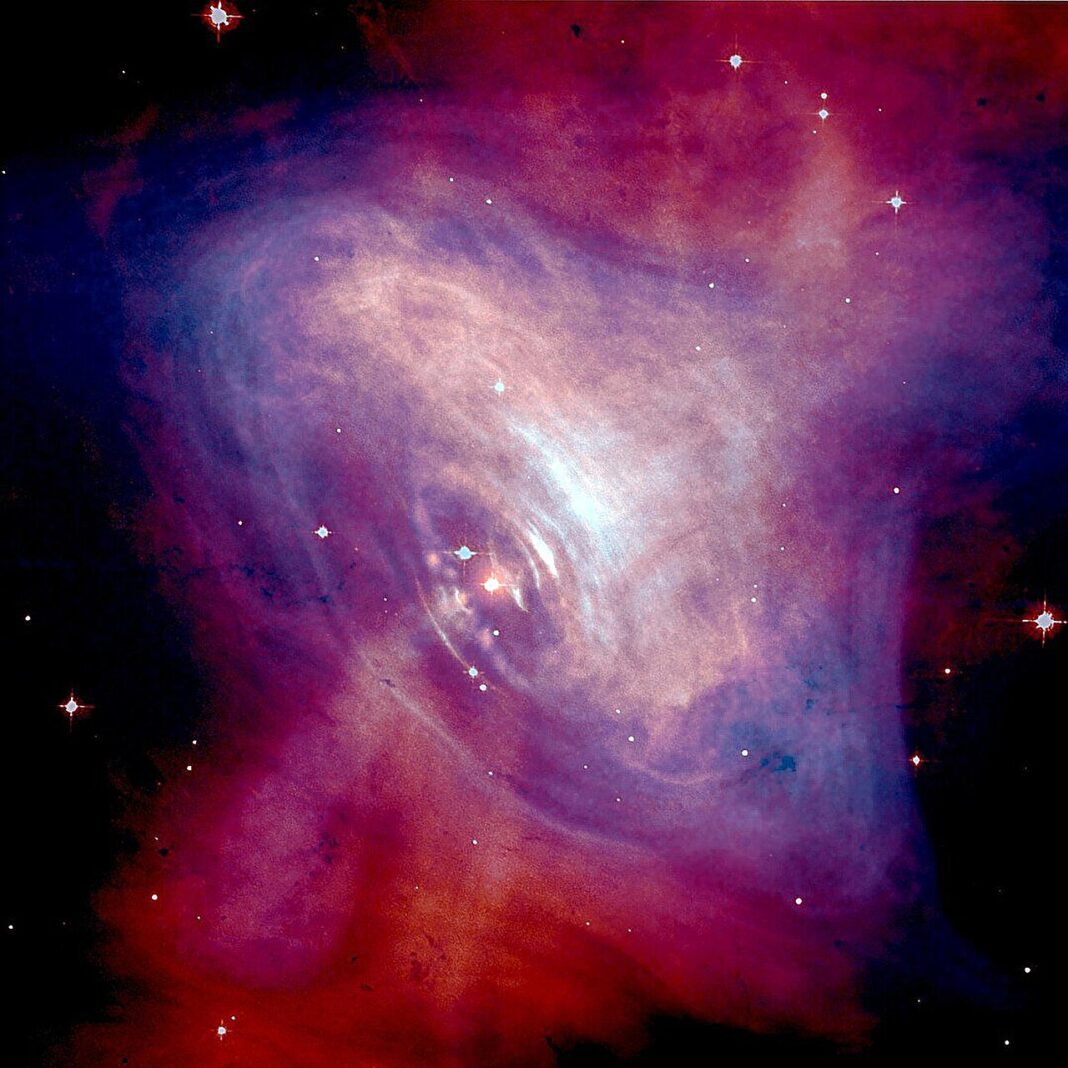Imagine a star so dense that a teaspoon of its material would weigh as much as Mount Everest, spinning hundreds of times per second while beaming radio waves across the universe. These are pulsars, the collapsed cores of massive stars. Some pulsars are breaking the rules of physics as we understand them, and the answer might lie in something as simple as tiny mountains on their surfaces.
Scientists have long known that pulsars should eventually “die” when they spin down too much to generate the powerful electric fields needed to produce radio waves. This boundary, called the “death line,” marks where a pulsar should fall silent forever and, well, stop pulsing! Yet a team of researchers has discovered pulsars that are very much alive despite being well below this theoretical limit.
Two particularly puzzling examples are PSR J0250+5854 and PSR J2144-3933. These pulsars should be radio quiet according to current models, yet they continue to beam signals across space. Until now, scientists couldn’t explain how these “dead” pulsars were still pulsing.
New research from Peking University suggests the answer might be surprisingly simple: tiny mountains on the pulsar’s surface. These aren’t mountains as we know them on Earth; they’re probably no more than a centimeter tall, roughly the height of your fingernail. But on a neutron star, where gravity is 100 billion times stronger than Earth’s, even such small features can have dramatic effects.
The researchers led by Zi-Hao Xu from Peking University developed sophisticated computer models to understand how these miniature mountains would affect the powerful electric fields around pulsars. They found that the steep slopes of these tiny peaks dramatically amplify the local electric field, making it much easier for the pulsar to accelerate particles and generate the cascades of electrons and positrons that create radio waves. Their study is posted to the arXiv preprint server.
Think of it like focusing sunlight with a magnifying glass; the mountain’s curved surface concentrates the electric field into a much more powerful beam. This amplification can reduce the energy threshold needed to trigger radio emission by half or more, effectively bringing “dead” pulsars back to life. They also provide clues about what neutron stars are actually made of, one of the biggest unsolved mysteries in physics. For mountains to survive on a neutron star’s surface, the material must be incredibly strong. The intense bombardment of high-energy particles would quickly erode any ordinary matter.
The researchers propose that neutron stars might be made of “strangeon matter,” an exotic form of matter bound together by the strong nuclear force rather than electromagnetic forces. This material would be tough enough to maintain surface features against the neutron star’s extreme environment, with binding energies millions of times stronger than ordinary matter.
This research opens exciting new possibilities for understanding neutron stars and testing fundamental physics. If surface mountains are common on pulsars, astronomers should be able to detect their effects through careful observations of pulse timing and intensity patterns. The upcoming Chinese FAST telescope, for example, may be able to spot the tell-tale signatures of these tiny peaks.
The work also suggests that neutron star “glitches,” sudden changes in spinning speed, might be connected to the formation or destruction of surface mountains during starquakes. This could provide a new way to study the internal structure of these exotic objects.
More information:
Zi-Hao Xu et al, Pulsar Sparking: What if mountains on the surface?, arXiv (2025). DOI: 10.48550/arxiv.2506.12305
Journal information:
arXiv
Provided by
Universe Today
Citation:
Pulsars could have tiny mountains (2025, June 24)
retrieved 25 June 2025
from https://phys.org/news/2025-06-pulsars-tiny-mountains.html
This document is subject to copyright. Apart from any fair dealing for the purpose of private study or research, no
part may be reproduced without the written permission. The content is provided for information purposes only.





